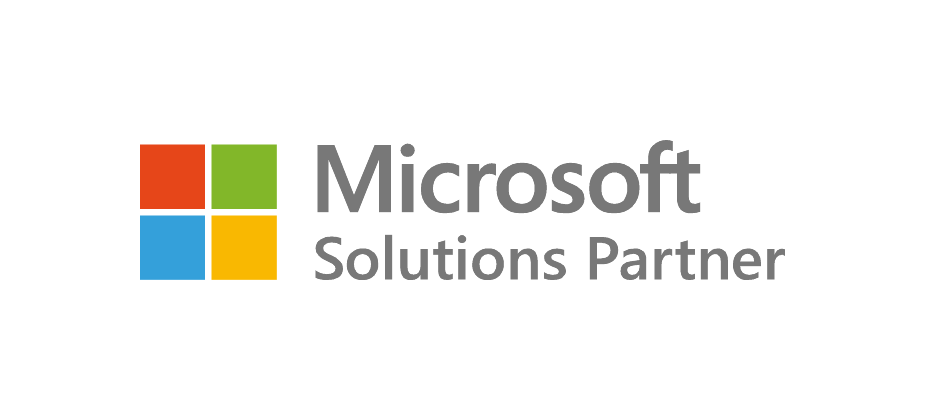Hello, community builders 👋
Let’s say you own a small local flower shop.
Usually, an interaction with a customer will be a one-time event; when she buys a flower.
Instead, what if you run a community, a Facebook group where customers could learn about flowers from each other and see photos of your upcoming flower design?
Those community members would be more likely to stick with your store, which would result in more sales while making them happy.
This is the power of community engagement.
Facebook group is just an example; community engagement is an ever-changing field, with new challenges and best practices emerging all the time.
If you’re new to community engagement or looking for ways to refresh your approach, this beginner’s guide is for you.
We’ll cover the basics of what community engagement is and why it matters, common challenges and obstacles, and some tried-and-true strategies for getting started.
Let’s get started.
What is community engagement?
Community engagement is the practice of building relationships with and between the people within a community.
But, of course, there’s no singular way to build relationships. It requires your continuous efforts, iterations, and investments to engage your community.
Community engagement is often seen as a way to build social capital - the networks of relationships that can help you and your organization achieve goals.
There’s a truth in this. If done well, community engagement will improve the overall performance of your organization in a sustainable way. Let's see the benefits of community engagement in detail.
Why community engagement is critical
Community engagement leads to so many positive outcomes and benefits for organizations.
More engaged, more support
First, when people are engaged in their community, they are more likely to be willing to support your organization.
People who are engaged in their community care about its future and want to see it thrive.
They are more likely to vote, volunteer, and support your causes.
They also tend to be better citizens because they want to be perceived well in a community they engage with, which benefits the whole.
More engaged, more informed decisions
Second, community engagement can help to make more informed decisions.
One of the most important functions of community engagement is to understand your members on the front line and share the insights with wider groups.
Engaging with your members and understanding their desires is the fastest way to avoid a waste of resources in your organization.
When people feel a sense of connection to other members and your organization, they are more likely to trust your community and willing to share their voices.
The feedback can be used for product development, marketing creatives, event planning, and more.
Member engagement is essential for organizations to make informed decisions.
More engaged, more problems to be solved
Finally, community engagement can help to identify and address problems before they become larger issues.
An engaged community helps you identify problems in your organization early on and notifies you.
For example, if there are a lot of bad behaviors in a particular user group, the community may come together to brainstorm solutions for you or even take action themselves.
By addressing problems at the grassroots level, organizations can move faster at scale.
To summarize, when you engage with communities, you’ll get more support, make more informed decisions, and solve more problems.
Next, let’s take a look at the lifecycle of a community member. This is critical for you to deliver the right engagement to the right people.
Community engagement lifecycle

The community engagement lifecycle is a segmentation method we use at Sanka to build and maintain relationships with the communities.
The lifecycle follows the following categories.
- Interest
- Onboard
- Involvement
- Lead
- Disengagement
Though it’s a useful method, every community has a unique lifecycle, so feel free to customize it however you want for your community.
Interest
The interest stage is when someone first becomes aware of your community.
For example, they might see a post on social media, read an article in the news, or hear about your community from their friends.
At this stage, people are just beginning to learn about what your community does and why it matters.
To move someone from interested to onboard (the next step), you need to grab their attention and give them more information.
This is where strong visuals, well-written community guidelines, and compelling stories come into play.
You want to make sure that your community channels - whether they’re your apps, social media accounts, or dedicated community spaces - are full of engaging content that will educate and inspire potential members.
Once you have someone's attention, you need to start building a relationship with them. Make it easy for them to join your community.
Onboard
Community onboarding is the process of getting new members of a community acclimated and comfortable through content and engagement.
It’s the critical first step in ensuring that someone becomes an active, engaged member of your community (next step).
There are a few key things to keep in mind when onboarding new community members.
- Make it super clear for new joiners what they need to do after joining your community (some simple, low-pressure tasks or activities that new members can dive into right away). The clearer you make the tasks, the more likely people are to actually do them. Pro tip: video works best, then images, then texts in general.
- Send a quick intro message to new members automatically or manually to solve their concerns and get them warmed up. Be clear about the purpose of the community and what sort of interactions are welcome.
- Give new members a chance to introduce themselves and get to know other members of the community. Like other tactics, this helps them feel welcome and builds a sense of connection with others in the group.
- Encourage an existing member to be a "buddy" of the new member and offer the necessary resources to get started. Having someone to be relied on is very powerful at first, which results in longer retention.
Involvement
In many cases, getting people involved in your community is a goal as a community manager.
At this stage, members have completed initial tasks, joined community events, connected with other members, and supported the community.
However, converting onboarded members into involved members is a big challenge.
Here, you might want to set up membership roles for them so they have a stronger motivation to keep up their involvement.
Also, at this stage, you want to be careful about who to keep involved; i.e. identify bad actors sooner rather than later.
Every community has a unique culture. Being inclusive is great, but you don’t want to welcome everyone to protect the entire community.
Some level of intervention would be required to filter out members who don't fit well into or bring negative influence to your community.
Lead
At the lead stage, they not only completed tasks and supported the community but also led and organized community activities spontaneously.
You, as a community manager, might want to consider a reward for them or could potentially hire them as a community leader.
Also, it’s important to keep them engaged. You can do so by regularly sending updates about your work, inviting them to exclusive events, and asking for their feedback.
The goal is to sustain the relationship built with them and achieve a community mission together.
Disengagement
The disengagement phase of the community engagement lifecycle is when members of a community begin to lose interest in participating.
Disengagement happens all the time.
It’s unfortunate but true that most of your members won’t stay active for even a month before moving on. And that’s fine.
The mistake community managers make again and again is trying to please everyone in their community. Sure, everyone being happy is awesome. But once there are more than two people, there’s a conflict, small or large.
The worst thing you can do is change community directions often to save a single member and confuse the whole community.
Rather, stick to your community strategy and keep the whole community engaged to prevent the disengagement of larger groups.
Disengagement can happen for a variety of reasons, including personal reasons to cultural mismatches. They might be feeling like their voices are not being heard, or that their efforts are not making a difference.
Before they leave (or better yet, regularly!), ask members for their feedback.
How to measure community engagement

Many community managers wonder how to measure their engagement activities.
In this section, we’ll introduce a few ways to achieve this objective.
First, use surveys regularly.
You can use surveys to ask questions about how your community is influencing their lives, how satisfied they are with the level of engagement, and what suggestions they have for the improvement of your community.
Also, surveys can be anonymous if you want to encourage honest responses.
Second, leverage analytics tools.
With a quick setup, you can see how often members participate in your community events, make comments on your forums and social media, and so on. These insights are critical to making quantitative judgments.
Also regularly monitoring the number of your new, active, and churned members give you a rough idea of how your community is growing.
7 Tactics to engage your community

Here are seven tactics for you to increase community engagement.
-
Participating in the discussions: The most basic thing you can do to get your members engaged with your community is to participate in their discussions. By doing so, they feel their voices are heard and they start building relationships with them.
-
Publishing content: Publishing content that’s relevant to your community is another good example of community engagement. The key is relevance.
-
Organizing events: Many people think of events as the thing community managers are responsible for. While community managers need to work on hundreds of other things, there’s a truth in this. Meeting with your members, virtually or physically, will bring a sense of belonging to the participants.
-
Ask Me Anything Sessions: Ask Me Anything (often called AMA) sessions are a powerful way to engage your members in community conversations. The speaker can be you, someone from your organization, a community member, or a guest speaker who has expertise in your niche.
-
Random connections: To avoid being stale, sometimes your community needs fresh air. Connecting your community members at random and getting them to work on a small task boost their engagement. It’s also a great way to connect your members with each other.
-
Leadership rotation: To increase the engagement of your community leaders, we suggest rotating leadership roles regularly. It fosters a sense of ownership and makes responsibility clear for the whole community.
-
Reading and study sessions: Community engagement doesn’t always need to be active. Just sitting down and spending time reading/studying together would be enough to build relationships.
This list isn’t exhaustive, obviously. Experiment with many others and find what works for your community based on member feedback.
Wrap-up and next action
In this guide, you’ve learned what community engagement is and how to approach the practice.
Now it’s time for you to bring the lesson to your community.
We recommend following the steps below to start off.
-
Understand where most of your community members are: Are they at the onboard stage? or at the involvement stage? Depending on the community demographics, think about 2-3 community engagement activities.
-
Set up a measurement system so you can track your progress and monitor the impact. This will help you determine what's working and what needs to be tweaked.
-
Lastly, conduct an engagement activity and see how your members react to it. Giving it a try teaches you a lot more lessons than just planning it. With some trial and error, you'll find what works best for you and your community.







